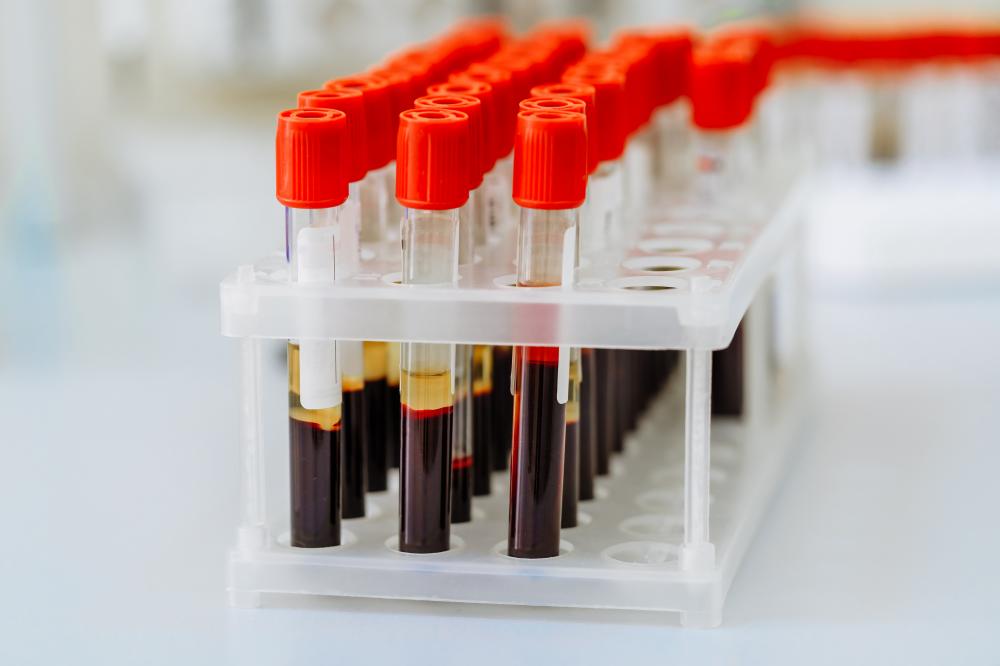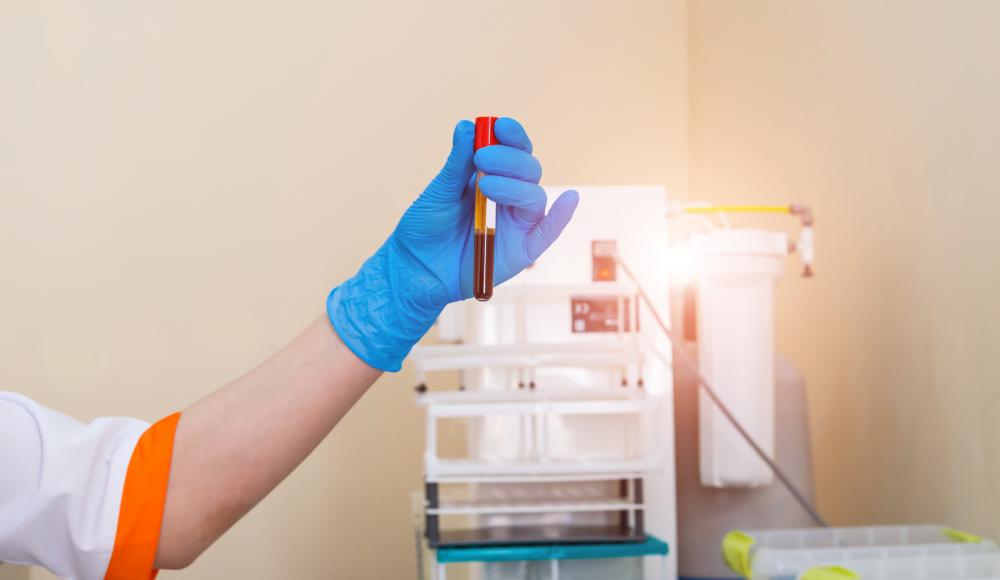Exploring PRP Tubes
At Medical Purchasing Resource, we’ve witnessed firsthand the transformative power of PRP (Platelet-Rich Plasma) therapy across various medical and aesthetic specialties. From enhancing the natural healing processes to promoting hair regrowth and improving skin texture, PRP therapy stands as a cornerstone in contemporary regenerative medicine. Our experience in supplying PRP tubes has equipped us with unique insights into their pivotal role in this groundbreaking treatment.
PRP Tubes Defined
For those new to the realm of regenerative therapies, PRP tubes are specialized devices designed to separate and concentrate platelets from whole blood. The beauty of PRP lies in its ability to harness the body’s natural healing mechanisms, focusing these capabilities where they’re most needed. As a supplier, we ensure that our PRP tubes are of the highest quality, meeting the stringent standards required for medical use.
Key Considerations in Choosing PRP Tubes
When it comes to selecting PRP tubes, there are a few critical factors that healthcare providers must consider. Purity and platelet recovery rate are paramount. Our curated selection boasts tubes that minimize the risk of contamination, ensuring a high concentration of platelets for therapy.
-
Purity: The proprietary technology used in our PRP tubes reduces the presence of unwanted components such as red and white blood cells, ensuring the extraction of a pure platelet-rich plasma.
-
Platelet Recovery: High platelet recovery is essential for effective therapy. Our tubes are engineered to maximize the yield of platelets, enhancing the efficacy of the treatment.
-
Safety and Convenience: With safety as a priority, our PRP tubes feature a closed system to minimize the risk of contamination, making the process safer and more efficient for practitioners.
Advancements in PRP Technology
The field of regenerative medicine is rapidly evolving, and so is the technology behind PRP tubes. At Medical Purchasing Resource, we stay at the forefront of these advancements, offering the latest in PRP technology to our clients. Our PRP tubes are a testament to this commitment, featuring state-of-the-art separation gel and design for optimal platelet concentration.
PRP Therapy Applications
PRP therapy’s versatility is truly remarkable, with applications ranging from orthopedics to dermatology and hair restoration. In orthopedics, PRP injections are used to alleviate joint pain and accelerate the healing of sports-related injuries. Dermatologists leverage PRP’s ability to stimulate collagen production, addressing concerns such as fine lines, wrinkles, and scars. Meanwhile, the field of hair restoration has embraced PRP for its potential to stimulate hair growth and thickness.
PRP Tubes in Practice
In our two decades of operation, we’ve seen PRP therapy’s profound impact on patients’ lives. The key to this success rests in the quality of PRP tubes and the preparation process. A well-conducted PRP therapy, starting with optimal platelet concentration, can significantly enhance treatment outcomes, offering patients a pathway to natural rejuvenation and healing.
Choosing the Right PRP Tube
Choosing the right PRP tube is crucial for the success of the therapy. The size of the tube, for instance, can affect platelet concentration and yield. Our range includes various sizes to cater to different protocols and patient needs, ensuring that practitioners can achieve the desired outcomes.
Professional Experience
In my experience working with estheticians and physicians across the country, the feedback on our PRP tubes has been overwhelmingly positive. Professionals appreciate the reliability, safety, and efficacy our products bring to their practices. From the seamless preparation process to the consistent results, our PRP tubes empower practitioners to offer their patients cutting-edge treatments that make a difference.
Commitment to Quality
At Medical Purchasing Resource, our commitment to quality extends beyond just our products. We understand the critical role that PRP therapy can play in patients’ healing journeys, and we take pride in being a part of this process. By providing top-notch PRP tubes, comprehensive support, and 24/7 service to our clients, we contribute to advancing healthcare standards and outcomes.
Anecdotal evidence from our clients tells us that the right PRP tube can make all the difference in treatment success. Stories of patients experiencing faster healing times, reduced pain, and improved quality of life underscore the value of investing in high-quality PRP tubes. These stories not only inspire us but also drive us to continue improving and expanding our offerings.
In conclusion, the journey with PRP tubes is one of constant learning and adaptation. As we continue to navigate the complexities of regenerative medicine, our focus remains on providing the safest, most effective, and innovative products to our clients. Whether you’re a seasoned practitioner of PRP therapy or just starting to explore its benefits, you can count on Medical Purchasing Resource for guidance, quality equipment, and unwavering support.
Can I use SST tubes for PRP?
At Medical Purchasing Resource, we often encounter this question. It’s crucial to understand that while SST (Serum Separation Tubes) are common in clinical settings, they’re not designed for PRP (Platelet-Rich Plasma) preparation. SST tubes are great for serum collection, but PRP therapy requires a specific concentration and purity of platelets. Our PRP tubes are designed to yield a high platelet recovery rate and maintain the purity of the plasma, which is fundamental for the efficacy of PRP therapies. Using SST tubes could lead to a lower platelet concentration and potentially compromise the treatment’s effectiveness. It’s akin to using a sports car for off-road racing; while it might work to some extent, it’s not what it’s designed for, and you won’t get the best results.
How many tubes of blood do you need for PRP?
This is a common query, and the answer varies depending on the specific treatment and the individual patient’s needs. Typically, the volume of blood required can range from 15 to 60 milliliters. In our experience, it’s not just about the quantity of blood drawn but the quality of the PRP preparation. The right tube ensures optimal platelet recovery and concentration. We’ve seen that a tailored approach, considering the patient’s condition and the treatment area, yields the best outcomes. Remember, more isn’t always better; it’s the precision in preparation that counts.
What is included in a PRP kit?
A PRP kit, particularly the ones we offer, is designed to provide everything needed for the preparation of Platelet-Rich Plasma. Typically, a kit includes PRP tubes, anticoagulants to prevent the blood from clotting during the preparation process, and sometimes accessories like syringes and needles for drawing blood and administering the PRP. The kits we supply are curated to ensure practitioners have a closed, sterile system that maximizes patient safety and treatment efficacy. It’s like a chef having the right ingredients and utensils at hand to create a gourmet dish; the right tools are crucial for the best results.
What is the difference between PRP and PRF tubes?
Understanding the distinction between PRP (Platelet-Rich Plasma) and PRF (Platelet-Rich Fibrin) is fundamental in regenerative medicine. The main difference lies in the clotting process. PRP preparation involves anticoagulants to prevent the blood sample from clotting, allowing us to isolate a clear, platelet-rich plasma. On the other hand, PRF preparation does not use anticoagulants; the blood is allowed to clot, resulting in a fibrin matrix rich in platelets. This matrix acts like a scaffold, releasing growth factors over time. In our experience, PRP is often preferred for treatments requiring immediate release of growth factors, while PRF is selected for procedures that benefit from a sustained release. It’s a bit like choosing between a sprint and a marathon; both are valuable, but your choice depends on the race you’re running.
Does the size of the PRP tube affect platelet concentration and yield?
Indeed, the size of the PRP tube can influence the concentration and yield of platelets. Smaller tubes might be used for treatments requiring smaller volumes of PRP, while larger tubes are beneficial when a higher volume of PRP is necessary. In selecting a tube size, it’s essential to consider both the volume of blood that can be processed and the concentration of platelets needed for the therapy. In our experience, having a range of tube sizes available allows practitioners to tailor the PRP preparation to the specific needs of the treatment and the patient. It’s similar to selecting the right size of a paintbrush for a piece of art; the choice impacts the final outcome.
How has client feedback influenced the evolution of PRP tubes?
Client feedback has been invaluable in shaping our selection of PRP tubes. Practitioners often share their experiences, highlighting what works well and what could be improved. This direct line of communication has led to enhancements in tube design, such as improvements in the separation gel and the addition of features that increase safety and efficiency. It’s a collaborative process where each piece of feedback is a step toward perfecting the product. Just as navigators use stars to guide their journey, we use client feedback to steer the evolution of our PRP tubes towards excellence.
Resources
- Platelet-Rich Plasma (PRP): Current Applications in Musculoskeletal Medicine – A comprehensive research article on the current applications of PRP in musculoskeletal medicine.
- Platelet-Rich Plasma (PRP) for Hair Loss – Information from the American Academy of Dermatology on using PRP for hair loss treatment.
- Platelet-Rich Plasma: A New Treatment Option for Chronic Tendon Problems? – An article from the American Academy of Orthopaedic Surgeons discussing the use of PRP for tendon problems.
- Platelets-Rich Plasma for Skin Rejuvenation: Facts and Fiction – A study published in the Journal of the American Academy of Dermatology exploring the use of PRP for skin rejuvenation.


